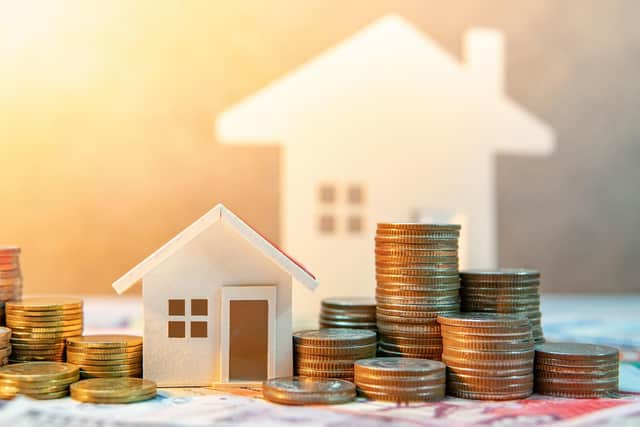UK house prices are slipping but Yorkshire is bucking the trend
Kim Kinnaird, Director, Halifax Mortgages, says: “House prices were largely unchanged in May, edging down very slightly compared to April, with the average UK property now costing £286,532. More notably the annual rate of growth fell to -1.0%, marking the first time since 2012 that house prices have fallen year-on-year.
"Given the effectively flat month, the annual decline largely reflects a comparison with strong house prices this time last year, as the market continued to be buoyant heading into the summer.
Advertisement
Hide AdAdvertisement
Hide Ad“Average property prices have now fallen by about £3,000 over the last 12 months and are down around £7,500 from the peak in August. But prices are still £5,000 up since the end of last year, and £25,000 above the level of two years ago.


“As expected the brief upturn we saw in the housing market in the first quarter of this year has faded, with the impact of higher interest rates gradually feeding through to household budgets, and in particular those with fixed rate mortgage deals coming to an end.
“With consumer price inflation remaining stubbornly high, markets are pricing in several more rate rises that would take Base Rate above 5% for the first time since the start of 2008. Those expectations have led fixed mortgage rates to start rising again across the market.
“This will inevitably impact confidence in the housing market as both buyers and sellers adjust their expectations, and latest industry figures for both mortgage approvals and completed transactions show demand is cooling. Therefore further downward pressure on house prices is still expected.
Advertisement
Hide AdAdvertisement
Hide Ad“One continued source of support to house prices is the labour market. While unemployment has recently ticked up from very low levels, brisk wage growth would over time help to improve housing affordability, if sustained.”
By property type, all except for detached houses, up 0.4%, have registered year-on-year declines. The sharpest drop is for flats -1.9%, followed by terraced houses -1.0% and semi-detached houses -0.5%.
Kim Kinnaird adds: “Prices continue to fall on an annual basis across southern England, again led by the South East (-1.6%, average price £385,943), and closely followed by the South West (-1.4%, average price £301,079). In Greater London prices are down over the last year by -1.2% (average price £536,622).
Except for Wales, unchanged at +1.1%, all areas of the UK have seen annual house price growth weaken in May compared to April, with most now recording a low single-digit rate of property price inflation.
The West Midlands +2.7%, average price £251,137 remains the best performing region, followed by Yorkshire & Humberside +2.3%, average price £205,035.